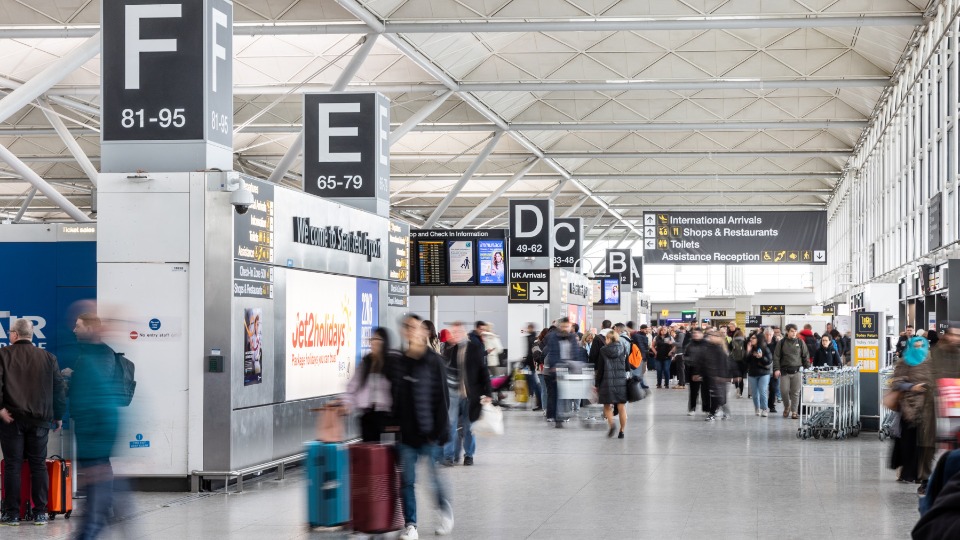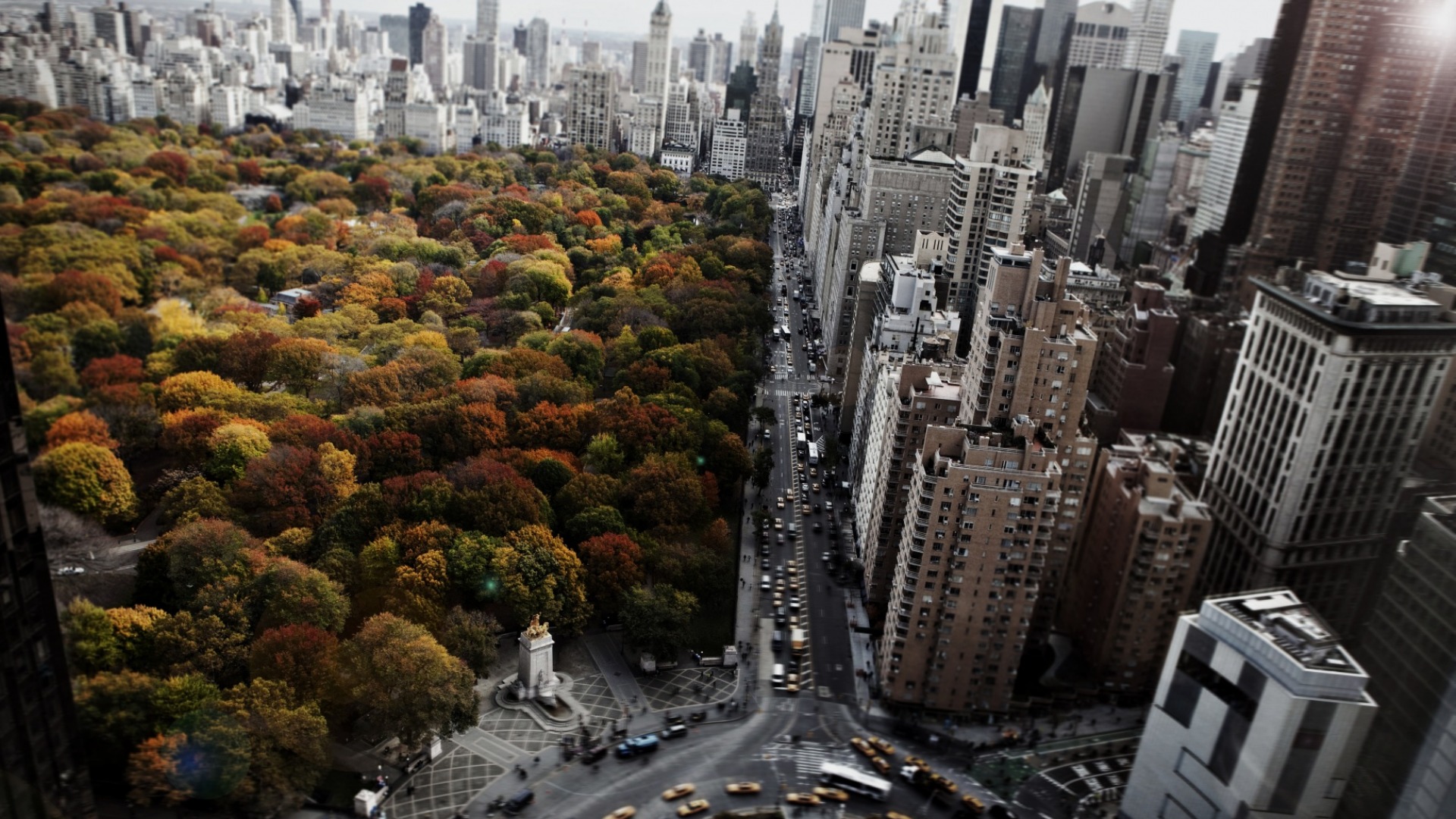
Discover The Thrilling Silk Road While Visiting Uzbekistan

The unique Central Asian nation is now aiming to attract visitors with its modern rail system and wealth of historical landmarks.
Uzbekistan was not a popular tourist destination until recently. But nowadays, the amazing Eastern country welcomes tourists with open arms. Visitors from all over the world are now drawn to the nation in large part because of its relaxed visa policies, modern rail network, and renovated historical landmarks.
Starting in 2026, travellers between the nation's capital of Tashkent and other important Silk Road destinations, such as old Samarkand, will have the option to ride a luxury train.
Last month, the city attendees from all over the globe for the 25th General Assembly of the United Nations globe Tourism Organization (UNWTO), and as a result, it was named World Capital of Cultural Tourism by the UNWTO.
The blue mosaics on the buildings of Samarkand are a common sight on the Instagram feeds of travel bloggers and vloggers. Read on to find out what awaits you in Samarkand, the "Eden of the East." From glittering mosques to medieval tombs, Samarkand is crammed with fascinating cultural monuments.
Siyob Bozor is the biggest market in the city, and it is a great place to start a day of sightseeing. Here, tourists can buy spices, gorgeous hand-painted pottery, and elaborately embroidered fabrics while snacking on local bread, nuts, and dried fruit. The Eternal City at Silk Road Samarkand is a modern tourism complex where local heritage is resurrected alongside world-class hotels, and is a great place to learn more about the area's historic trades.
Bibi-Khanym Mosque, which is at a short distance from Siyob Bozor, overlooks a peaceful inner courtyard. Despite its importance to the Turco-Mongol conqueror Amir Temur, the mosque was never finished because Amir Temur was distracted by military campaigns. He entrusted the project's management to Bibi Khanym, his favourite wife, which now rests in a mausoleum across from the area. Although the 15th century mosque was seriously damaged after the earthquake that devastated Samarkand in 1897, it was repaired in the 1900s and work continues to resurrect its former beauty.
Another one of the city's most magnificent attractions, Shah-i-Zinda, may be reached in 30 minutes on foot or five minutes by car. The vast necropolis is decorated with heavenly blue mosaics and has numerous ornate graves, among them, according to history, the Prophet Muhammad's cousin Qutham ibn Abbas and members of Amir Timur's family. Structures here have been dated back to the 11th century.
At the Amir Temur Mausoleum Gur-i Amir Complex lie the remains of the Turco-Mongol monarch and conqueror, as well as two of his sons, his tutor, and his grandson, the famous astronomer Ulugh Beg. Once here visit the Ulugh Beg Observatory, where you can see a museum devoted to astronomy in the area and the remnants of a quadrant from the 15th century (used to precisely estimate the length of the year).
Registan Square, located in the middle of Samarkand, is also a UNESCO World Heritage monument that visitors should not miss. It was a major educational hub during the 15th and 17th centuries, surrounded by three magnificent madrasahs (schools).
But what more is there to learn about visiting Samarkand?
When it comes to local cuisine, Plov, or osh, is the national dish of Uzbekistan and must be sampled by all visitors to Samarkand. The pilau rice, tender beef or mutton, onions, and bright carrots will have been slow-cooked in a massive cauldron with sheep fat, and will be served on a towering platter. Start with some salads, pickles, herbed yoghurt, and obi non (a flatbread) from the city's renowned tandoor oven. Parvada, a white sweet prepared from sugar, flour, and lemon juice, is served at the end of the dinner to assist with the digestion of the heavy, fatty fare.
How about the ideal time to visit? The best time to enjoy the sun and temperatures between 14 and 30 degrees Celsius is in the spring and fall.
Uzbekistan is a mostly Muslim nation, hence its citizens tend to dress modestly. However, Western-style attire like as jeans and t-shirts is widespread in big towns like Samarkand. In most regions, a head covering is not required. Those without a headscarf are welcome to borrow one from the mosque's entry area.
Uzbekistan's official currency is the som, however some shops also take dollars. Since the Uzbek som is not widely traded outside, visitors should bring dollars or euros to exchange upon arrival in the country.
From its hub in Istanbul, Turkey, Uzbekistan Airways operates non-stop flights to Samarkand, a journey that takes around four and a half hours. Air Samarkand, however, will be operational by the year's end, making the city much more accessible. Within the first year of operation, the new airline will extend to European cities from Turkey, Vietnam, Malaysia, Indonesia, and China.
At the same time, Uzbekistan is best experienced on a lengthy journey by train. Samarkand is just a little over two hours away from the country's capital, Tashkent, on the Afrosiyob high-speed rail, compared to approximately five hours by automobile. The minimum cost of the trip is €8.
Through its railway construction, the government is also revitalizing the historic Silk Road path, which runs from Kazakhstan through Uzbekistan and on into Turkmenistan and is replete with several sites included on the UNESCO World Heritage List. Travel from Astana, Kazakhstan to Tashkent, Uzbekistan and Samarkand, Uzbekistan in under 15 days on a "train cruise" organized by Uzbekistan Railways and the German adventure travel specialists at Lernidee GMBH. Stop in historic Khiva and Bukhara, followed by the ancient towns of Mary and Nisa, before finishing your tour in the Turkmen capital Ashgabat. The starting price for this private train excursion is €4,130.
Starting in 2026, travellers will be able to board a luxury train from Tashkent to Khiva by way of Samarkand and Bukhara. The opulent carriages have been designed by the same team responsible for Italy's Orient Express La Dolce Vita.
Uzbekistan is a stunning nation in Central Asia, replete with legendary towns and a perpetually sunny climate that reflects the country's unique character and the kindness of its people. Uzbekistan's rich cultural heritage and stunning landscapes make it a unique sensory feast. From the blue tiles of Samarkand's Registan Square to the throbbing marketplaces of Tashkent, this country is a living expression of the harmonious coexistence of old customs and contemporary life.
When you arrive, you will find a land whose old customs and beautiful buildings make up a rich and distinct legacy. Once you've experienced Uzbekistan, you'll definitely want to come back for more!
Source: euronews.com








